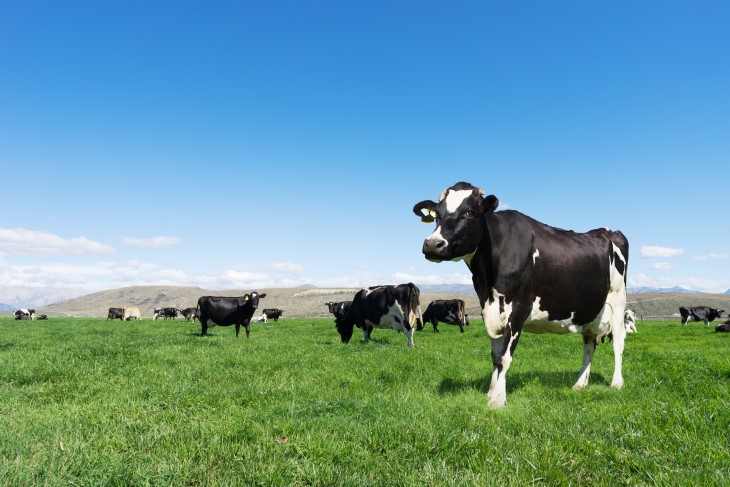Mark’s story: ‘Work is the best way to recover’
Dairy farmer Mark Julian lost the toes on his right foot in a tractor accident. Returning to work on modified duties made a big difference to his recovery and he advises anyone facing a similar challenge to do the same.
The pain was like nothing Mark Julian had ever felt before. It was from a nine-tonne wagon of maize silage bearing down on his foot.
With his foot trapped, he felt for the phone in his pocket to call for help. But it was still in the tractor next to him – he was stuck.
All he could do was hope someone would drive past and find him soon.
“When I went to move and I couldn’t, I realised it was serious,” Mark says.
“It went numb after a while but I was helpless. I screamed out but, after doing that a lot, I started to feel like I was going to pass out. My phone rang twice in the tractor while I was stuck.”
Mark had been milking on a 600-cow farm in Whakatāne and was trying to hook a tractor onto the maize wagon. But the hydraulics gave way and the drawbar came down on his foot, pinning him to the ground.
It was 45 minutes before someone found Mark.
One of the drivers for a contracting business next door noticed him waving out in distress and came over to see what was going on.
“He thought I was joking at first but, when he saw my foot, he started dry-retching,” Mark says.
“He grabbed my phone from the tractor and we called an ambulance, then I rung my partner, Emily.”
But Mark’s long wait wasn’t over yet.
En route, the ambulance got stuck behind a herd of 400 cows.
“Surprisingly, I was quite calm,” he says.
“The body's an amazing thing – I think adrenaline gets you through.”
Another tractor lifted the wagon off Mark’s foot. The ambulance then took him to Whakatāne Hospital, where a helicopter was waiting to fly him to Waikato.
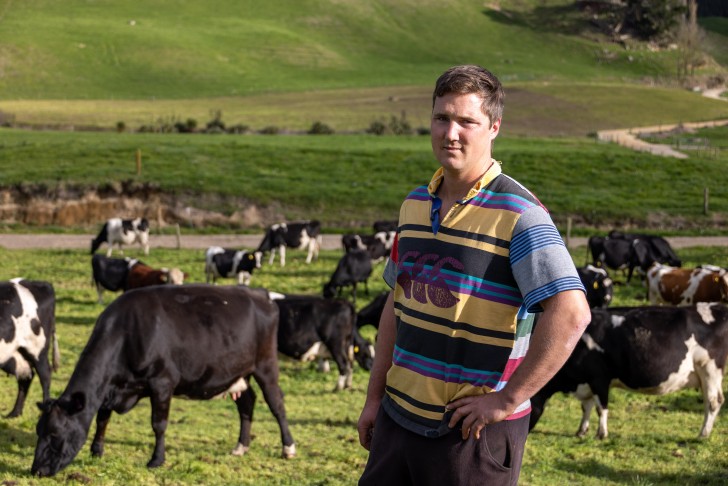
‘I just had to take it on the chin’
“I woke up in hospital and was surprised to see my toes still there,” Mark says.
“I thought I’d already lost them but I could faintly feel the nurses touching the bottom of them, and I could even wiggle them slightly. I started thinking they were going to save them but the blood flow never came.”
After 10 days in hospital, Mark was told his toes had to be amputated.
“That’s when reality sunk in – I just had to take it on the chin.”
The main breadwinner of the household and with two young children to help look after, Mark found it frustrating to be inactive during the first stages of his recovery.
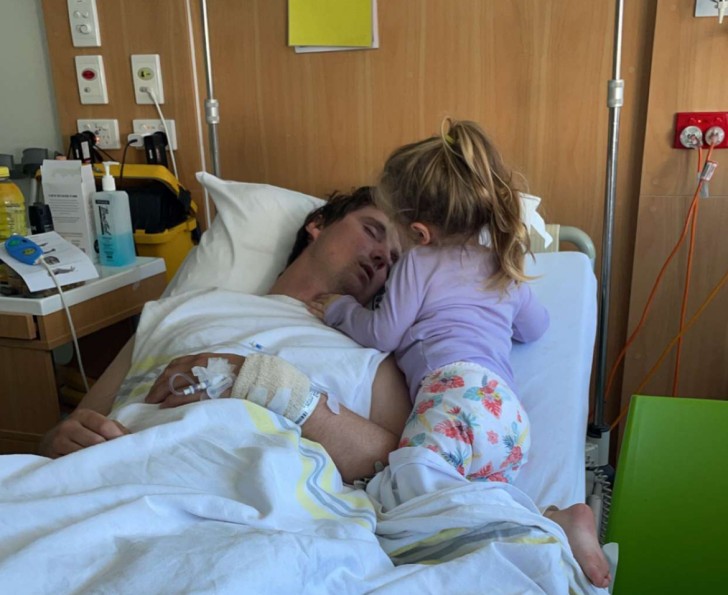
He says it’s true that injuries affect far more than just the injured person.
“It was hard sitting at home,” he admits.
“We had to have a guy basically running our business for us. Emily had our kids to look after, and she was trying to rear the calves and look after a husband on the couch at the same time.
“I was brought up old school, where a father works and provides for his family. I felt helpless, everyone was running around after me and I thought to myself, this should be the other way around.”
Mark says family was a huge part of him getting through the injury and back to work.
“There were times when I wanted to give farming up, I thought I wouldn’t be able to do it. But Emily and the kids gave me the drive to keep going.”
He believes it’s important to find something to keep you motivated throughout your recovery.
“For me, it’s my family – they’re the reason I do it. I want to go out and work for my kids and my wife every day.”
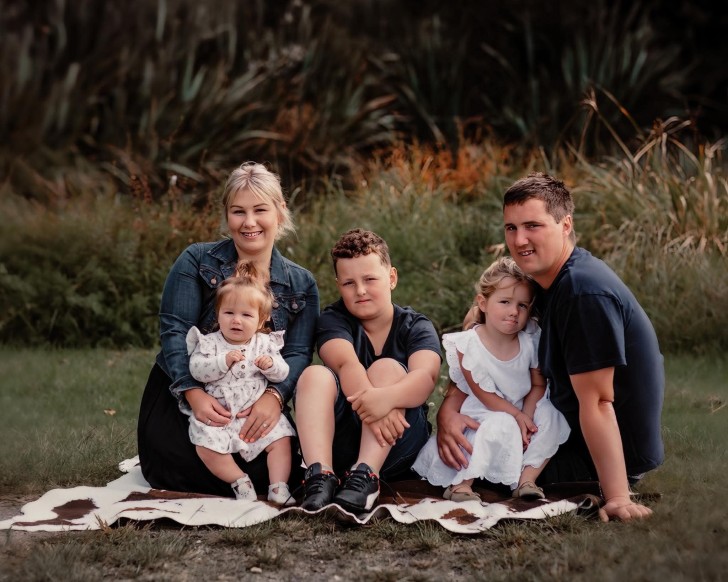
Getting back into the cowshed
Mark had both private insurance and the support of ACC, which helped him get back into the milking shed and work on the farm.
This support took a lot of the financial stress off Mark and his family and allowed him to focus on his recovery.
Getting back into work required many hours of rehabilitation to build the strength in his leg back up.
He needed to work on his balance and stability, as he learnt how to walk again with five less toes on his feet.
Within six months, he was able to return to work for a few hours each day and carry out modified duties.
ACC arranged for Mark to receive inner soles for his boots, moulded to fit his toe-less foot. The inner sole goes inside his gumboot and a carbon fibre plate prevents the gumboot from folding up if he steps on a hole in the paddock.
“It works really well and meant I could start getting back on the farm and doing jobs like opening gates and getting cows in,” he says.
“It made a huge difference to my recovery to be able to do that. I felt like I was achieving something and I was getting somewhere.”
Just 10 months after his accident, Mark was back on the farm fulltime.
Modifications were made to his workplace to assist with getting him back to work.
“I got mats put in the cowshed for softer cushioning under my foot, the narrow steps were widened to make it easier to get up and down and decrease my chances of falling, and handrails were put in for stability,” he explains.
“There’s things you don’t think would make much of a difference, but they really do.
“Being able to get back out on the farm was a huge moment in my recovery. Work gives you a purpose and, in my opinion, is the best recovery for anybody with an injury.”
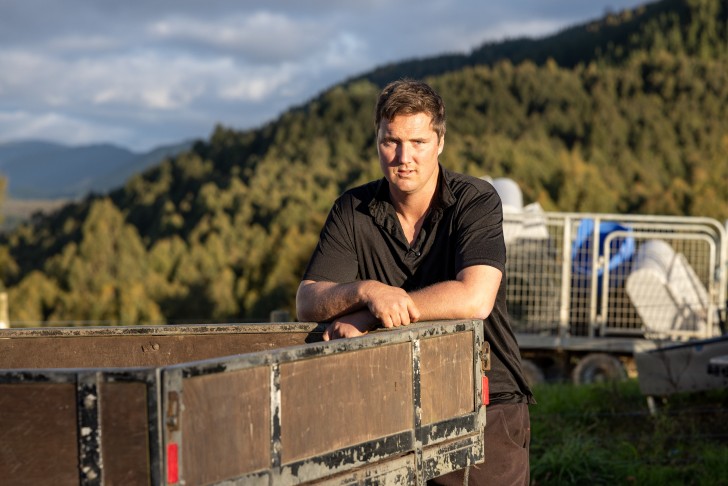
Think before you act
If there’s one message Mark would like farmers to take away from his accident, it’s to always have a think about what you’re doing, before you do it.
“I think a lot more about things now than I used to. I used to want to do things the quickest way but sometimes that’s more dangerous,” he says.
It’s a busy time of year for dairy farmers around the country. During calving season, many will be working long hours trying to fit as many jobs as they can into one day.
“I was really run down when my accident happened,” Mark says.
“We needed an extra staff member but I thought we’d be able to save some money – it doesn’t work like that.
“You’ve got to keep fresh, you’ve got to rest, you’ve got to eat. You can't be walking around like a zombie because you’ll end up making bad decisions and paying the price.
“Take that break when you need it, not when you’re forced to because you’ve run yourself into the ground.”
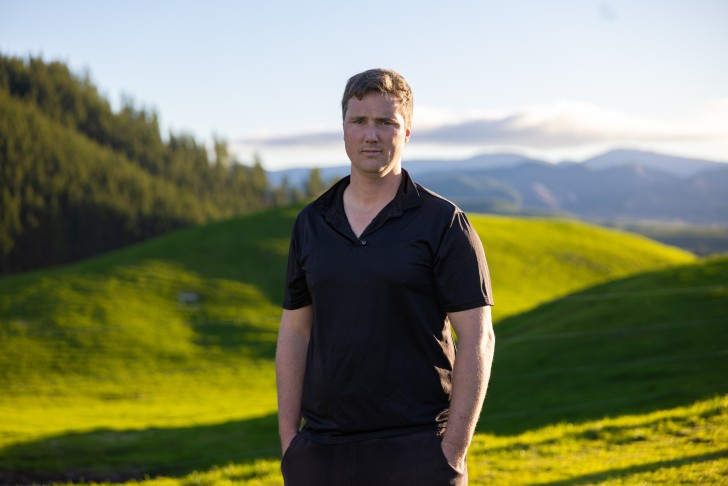
Reducing harm in the agriculture sector
Research shows exhaustion, lack of sleep, the stresses of farming, isolation from friends and family, and being unable to take a break all add to the risks that a farmer or farm worker will have an accident, says ACC Workplace Safety Manager Paula Wood.
In 2024, we accepted 17,116 new farming-related injury claims, and spent over $124 million to help people recover from those injuries.
“ACC is focused on reducing harm, injuries and fatalities in the agriculture sector,” Paula says.
“Our partnerships with Safer Farms and Farmstrong are key to supporting this and to driving positive, long-term change.”
ACC announced a new partnership with Safer Farms earlier this year. The partnership will see over $11 million invested by ACC over the next five years to improve safety practices and reduce risks on the ground and in our farming communities.
Farmstrong offers resources and practical wellbeing skills to help farmers and growers manage the ups and downs of the industry and stay safe and well.
There’s a lot of valuable advice available to farmers through the Safer Farms and Farmstrong websites, which both offer a range of practical resources and guidance.
“We want to support all farmers in New Zealand to get home safe and well at the end of every workday,” Paula says.
“We also want farmers to consider the impact their injuries might have on others – this includes their family, friends and workmates. For example, they may have to take care of your jobs if you’re injured.
“If you’re a parent, you may not be able to be as involved, or have as much fun, with your children as you would if you weren’t injured.”




